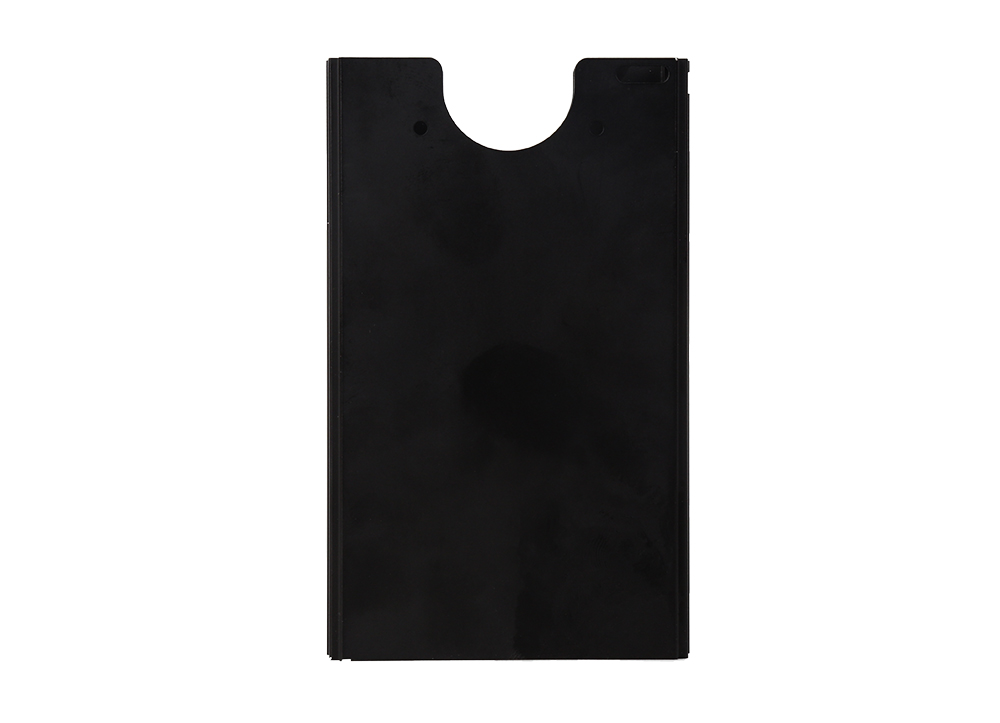Time:2023-08-25 Preview:
Precision machining/non-standard part processing - First of all, we know that non-standard parts are proposed relative to standard parts, so before understanding non-standard parts, we need to know what is called standard parts. Standard parts refer to commonly used components such as threaded parts, rolling bearings, etc. that have been fully standardized in terms of structure, size, drawing, marking, and other aspects and are produced by professional factories. Broadly speaking, it includes standardized mechanical components such as fasteners, connectors, transmission components, seals, hydraulic components, pneumatic components, bearings, springs, etc. Narrowly, it only includes standardized fasteners. The commonly known standard component in China is the abbreviation for standard fasteners, which is a narrow concept, but the existence of a broad concept cannot be ruled out. In addition, there are industry standard parts, such as automotive standard parts, mold standard parts, etc., which also belong to the broad range of standard parts.

1、 It is the main technical document guiding production
The planning and scheduling of production in the mechanical processing workshop, the operation of workers, the quality inspection of parts processing, and the accounting of processing costs are all based on process procedures. Dealing with problems in production is often based on process procedures as a common basis. If dealing with quality accidents, the responsibilities of each relevant unit and personnel should be determined according to the process procedures.
2、 It is the main basis for production preparation work
When the workshop wants to produce new parts, it is necessary to first formulate the mechanical processing process regulations for the parts, and then prepare for production according to the process regulations. For example, analysis and research on key processes in the processing of new parts. Prepare the necessary knives, clamps, and measuring tools. Procurement or manufacturing of raw materials and blanks. The purchase of new equipment or the modification of old equipment must be carried out according to the process.
1. Benchmark First
Namely, the reference plane should be machined first. During the machining process of the part, the surface that serves as the positioning reference should be machined first to provide a precise reference for subsequent processing as soon as possible.
2. Dividing processing stages
The appearance with high quality requirements for mechanical processing is divided into processing stages, which can generally be divided into three stages: rough machining, semi precision machining, and precision machining. Mainly to ensure processing quality; Beneficial for scientific application of equipment; Facilitate the arrangement of heat treatment processes; And facilitate the timely detection of rough defects, etc.
3. Face first, then hole
For parts such as the box, bracket, and connecting rod, the plane should be machined first and then the holes should be machined. This allows for the machining of holes based on plane positioning, ensuring the accuracy of the plane and hole positions, and bringing convenience to the machining of holes on the plane.
 Related News
Related News·What are the precautions for raw materials in precision parts processing ·Pouring hardware processing and forming technology: hydraulic forming ·The structure and application of CNC gantry machining center? ·Tool selection and maintenance of CNC machine tools ·Application and characteristics of stamping parts processing parts spring ·Principles of medical equipment processing and manufacturing ·Machinery parts processing process · Material requirements for hardware die-casting parts ·CNC system ·What is the reason why CNC processing core does not sprinkle water?


